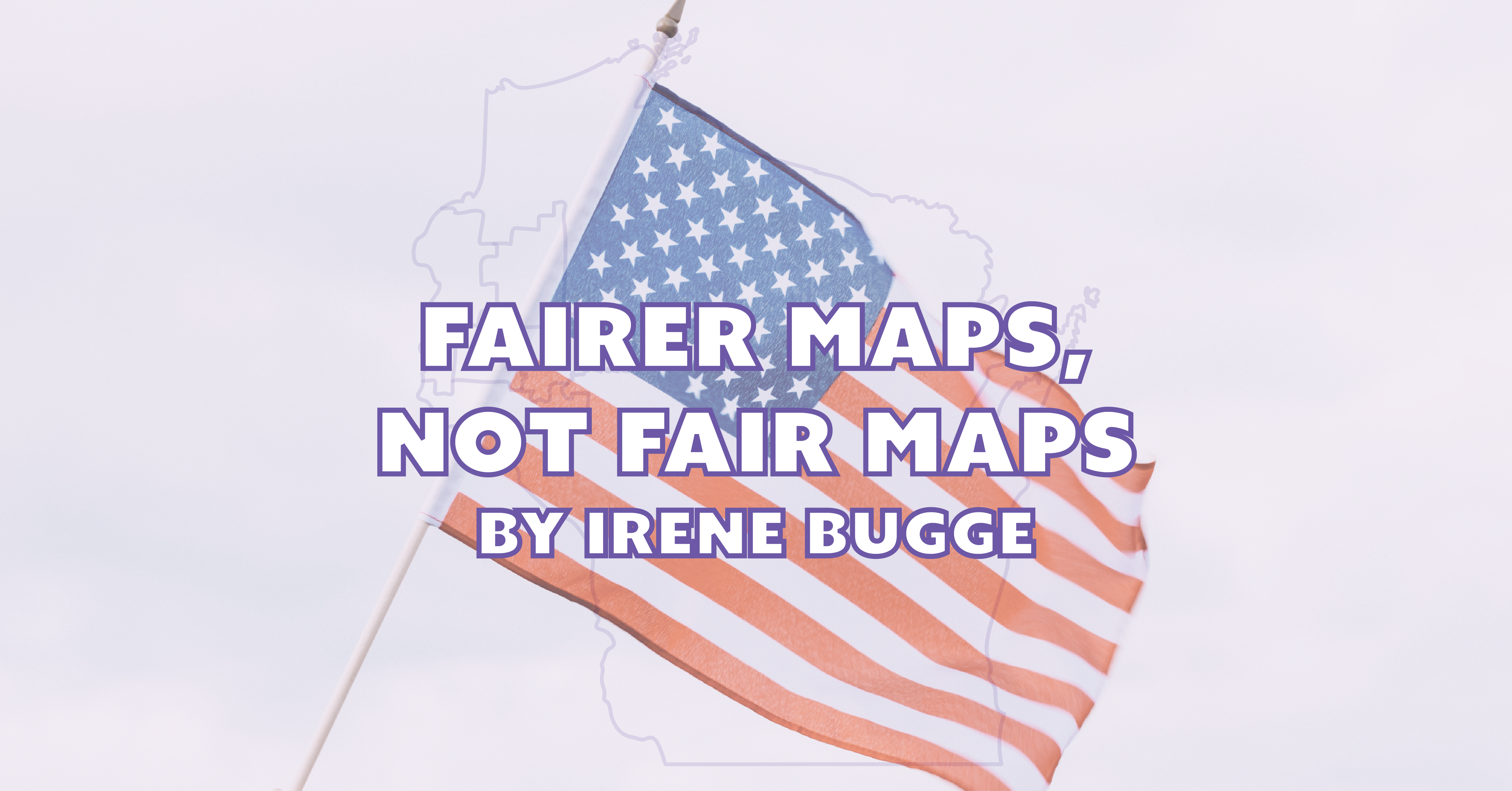Fairer Maps, Not Fair Maps
By Irene Bugge
On March 3, the Wisconsin Supreme Court adopted the redistricting maps submitted by Governor Tony Evers. Local fair maps volunteers with Western Wisconsin for Nonpartisan Voting Districts and the League of Women Voters of St. Croix Valley celebrated the Court’s decision. They agreed with the Governor’s assessment that the maps are a “vast improvement from the gerrymandered maps Wisconsin has had for the last decade.”
When Jenelle Ludwig-Krause, lead organizer for WWNVD was asked about the Court’s decision, she said, “We consider this a partial victory. We have fairer maps. Not fair maps.”
Ludwig-Krause explained that in November, the WI Supreme Court decided to use “least change” as a primary consideration for choosing new voting district maps. Because of this limitation, the Court did not allow the governor to submit maps created by the nonpartisan People’s Maps Commission – maps that were given A plus grades by the Princeton Gerrymandering Project. Other potential maps were also ruled out simply because they were not ‘least change.’
“When the Court decided to keep as much as possible of the 2011 maps, we knew that the extreme gerrymander would be baked into the new maps. The maps the governor did provide to the Court were among the best submitted under the limitations of least change.”
The district lines of the maps chosen by the Court are very similar to the 2011 maps. They give partisan advantage to the majority party but with a few more competitive districts statewide. The maps do add two additional minority opportunity districts in the Milwaukee area when compared to maps proposed by the Legislature.
There is little change in western Wisconsin. Congressional districts are largely the same with just a small shift in Chippewa County. Adjustments in state legislative districts are limited and generally follow local population shifts.
The 28th Assembly District that includes most of Polk County, is one of 13 districts that have not changed at all. The maps did not divide River Falls into two districts as the Legislative maps would have done. And Dunn County was split into three assembly districts instead of four.
Republican Legislators quickly announced their intention to appeal the Court’s decision to the U.S. Supreme Court. They asked the WI Supreme Court to ‘stay’ their decision about the maps pending that case. There is also a pending federal lawsuit brought by Democrats and nonpartisan groups. Legal battles over the 2011 maps cost tax payers over $4 million. How much will Wisconsinites pay this time?
On the same day the Court announced their decision about the maps, four Democratic State Legislators introduced a Fair Maps Constitutional Amendment. The amendment proposes the creation of a non-partisan redistricting system and an end to gerrymandering in Wisconsin.
Senator Jeff Smith, a lead sponsor of the bill said, “Wisconsinites overwhelmingly support a non-partisan redistricting process, but the gerrymandered Majority continues to stall on reform. This bill is necessary to give Wisconsinites an opportunity to have their voices heard and restore the reality behind ‘the will of the people is the law of the land.”
Statewide polls show that 72% of Wisconsinites support using a nonpartisan process to draw voting district maps. There is bipartisan consensus; 63% of Republicans, 76% independents, and 83% of Democrats want to end gerrymandering. In addition, 56 out of 72 counties have passed nonpartisan redistricting resolutions or referendums.
“We wholeheartedly support the Fair Maps Constitutional Amendment.” said Ludwig-Krause. “We’ll continue to stand up for fair maps so that our communities get the resources we need to survive and thrive.”
